Our focus is to make India one of the largest markets for Spotify: Arjun Ravi Kolady
Spotify has been witnessing a high growth trajectory in India. At the company’s revenue conference call recently, Spotify CEO Daniel Ek had said that the audio streaming network has a significant opportunity in Southeast Asia, particularly in India, in the near future. Launched in 2019, Spotify completed three years in India in February this year.
Over three years, Spotify has worked with over 100 brands across sectors such as FMCG, OTT, e-commerce, etc., that chose the audio streaming platform to reach their audience. Besides growing the market for the overall audio streaming industry that largely relies on the free tier in India, Spotify is also investing in making Premium more accessible for listeners in India through a variety of plans, including Mini, and brand partnerships. In the last two years, the company also partnered with brands such as OnePlus, Visa, Samsung, Flipkart, and Vivo to reach a wider audience in the market.
In conversation with Adgully, Arjun Ravi Kolady, Head of Sales, India, Spotify, takes us through the audio streaming network’s growth story in India, catering to a vastly diverse audience base, keeping the focus centered on the Gen Z and Millennial audience base, and more.
How has Spotify’s performance been in India?
Since before our launch, we knew that India would be an important market for Spotify. It has been wonderful to be loved by our listeners in the market, and the relevance of audio became more pronounced over the last two years, as people spent time at home. Through successful partnerships with the artist and podcaster communities, growing catalogue of both music and podcasts, and relatable, local marketing campaigns, we have become one of the top audio streaming platforms locally. In terms of listening on the platform, India is in the top few markets globally and one of the fastest-growing markets for Spotify.
Every day, 150,000 user playlists are made on Spotify in India, our podcast creation and distribution tool Anchor is being used to create content in over 13 local languages, and we’ve hosted several masterclasses and sessions to educate creators. We also launched Spotify Lite, which uses less storage, data, and battery compared to the main app. This is perfect for older devices and operating systems.
What is the current subscriber base?
Globally, we have about 60% free users and 40% are premium subscribers. In India, of course, the numbers look very different as it is primarily an ad-supported market. However, in 2021 alone, we more than doubled our Premium users in India – a sign that streaming is witnessing healthy growth in the market.
What are the growth trends that Spotify is seeing in India?
In terms of podcasts, we saw interesting trends emerge during the pandemic. For instance, ASMR and deep sleep stories gained popularity. The other use case is using podcasts for knowledge and learning. India is also in the top few markets for Spotify globally in terms of users.
Trends in the space are ever-evolving, whether it is around consumption or creation of content. Genres such as Punjabi Pop are no longer just an Indian phenomenon. With artists such AP Dhillon, who have a massive reach locally and abroad, and those such as Armaan Malik, Renuka Parmar, and Asees Kaur, who have made it to the Times Square billboard, local music is bound to go global. As we keep pushing the full power of Spotify as a global platform, both listeners and artists in India are benefited along the way.
For advertisers as well, we have been introducing newer, customised products and innovations and fortunately, everything has been going in the right direction for the overall growth value.
Spotify CEO Daniel Ek had said that India has a lot of opportunities. What are these opportunities?
Spotify was streamed in over 7,500 cities and towns in a period of one year (2021). India is also in the top few markets for Spotify globally in terms of users and in the top 10 markets when it comes to consumption/ listening on the platform.
Furthermore, in terms of opportunities, we see high demand for the platform from the Gen Z listeners, the urban millennial listeners, and the multi-device premium user. For all of them, we have been raising the bar to enrich their music experience on Spotify. It is also heartening to see how local languages, including Punjabi, Tamil, Telugu, and Kannada are making it big across the country.
Our global team recognises that as a market, India needs its own special focus, from a product, content, curation, and marketing perspectives. The potential is unparalleled, and we have not even scratched the surface, and as we continue to deliver a localised approach over the next three to five years, India will play a definitive role for us globally.
What is the current scenario of the music industry and the podcast industry?
The last two years have been challenging for the artist community because of the pandemic. It is great to see live events coming back and artists being able to perform for their listeners and connect with them in person. Our focus continues to personalise content curation, connect fans and artists through our platform, localise features for listeners in India, and work with brands that reach out to our potential listeners, and give them reasons to move to the paid tier.
When we talk about India, it’s the music that listeners love that stands out first – film music has been the heart and soul of how artists are discovered and connections are formed between them and the fans. Actors are often associated with songs for most listeners even today. The diversity of languages is another thing that differentiates the market. Today, there are Tamil and Telugu songs that are topping Spotify charts in India, and Hindi songs that are making it to global charts. At the same time, on Anchor, podcasts are being created in more than 13 local languages.
Through several masterclasses over three years, more than 6,000 local artists have been able to plan their releases more effectively, access insights related to their music, and reach Spotify’s global playlists and listeners.
Our focus is on addressing the needs of the consumer in India across all segments in ways that best suit them, because the audio streaming market here has immense potential.
Podcast has made promises in India that it will grow. Is it at par with the growth?
Just three years ago, podcasts and audio formats of storytelling were relatively new in India. But now, it is safe to say that we have been able to drive both podcast awareness and consumption locally. In fact, last year, 1 in 4 of our users were podcast users, which is pretty significant and we hope that this number keeps improving.
Creators are coming from all parts of the country today. Thousands of podcasters have been trained by Spotify in India so they can make and distribute their content. In fact, podcasts created on Anchor grew 130 times from the start of 2020 till the end of last year, with content being created in over 13 languages. We also have 150+ local podcasts across languages, catering to different age cohorts, interests, and formats, available only on Spotify. We recently launched an original podcast called ‘Batman Ek Chakravyuh’, a local adaptation of the Batman Unburied series launched simultaneously in 9 languages.
Podcasts are an intimate medium for listeners to connect with the host and content. There’s a massive thirst for companionship, information, and entertainment, and with the sheer richness and diversity of content in India, there is a massive opportunity to enable creators. While the buzz surrounding podcasts is encouraging, it is still not mainstream enough, so that’s an opportunity in the market. There is a mammoth task to be done in creating that streaming audio ecosystem and scaling it up to the rightful place. Podcasting is a subset of audio, which is still a high-growth area for us.
Which market or what is the particular age group or TG which has the highest traction?
If we look at it geographically or by language, Gen Z, followed by Millennials, spend the most amount of time on Spotify and also form the largest user base for us, but music and podcasts are for everyone, and so, we also see listeners from other age cohorts on the platform. Everybody’s Spotify listening experience is unique and personal to them and in a country with so many languages and different styles of music, it is tough to say that there is a specific trend in a certain type of music. For us, deeper engagement of both creation and curation is the way to define the taste of music in India. The more we are able to give out the right content, whether it is music or podcast, based on your tastes, and mood, we keep getting better at figuring out the right touchpoint, and everything else will follow.
Since it’s been three years of Spotify in India, will the focus change from Gen Z or millennials to other age groups?
The focus areas will not change from the listeners’ age point of view. Gen Z is a major consumer of Spotify, but they are not our only focus. We look at the market from various perspectives that include age and culture. We believe that it is important to understand cultural nuances and make that a part of the personalisation that differentiates Spotify. Our focus is to make India one of the largest markets for Spotify. Three years is a very short time to reach the stage where Spotify is at right now in the country. We are pleased by the progress we have made in such a short time span, but there is definitely room to do more.










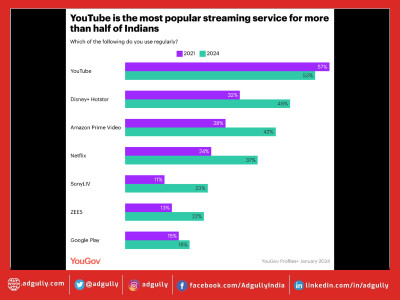
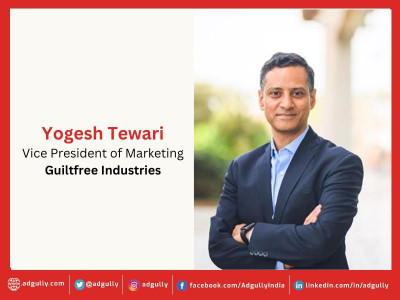
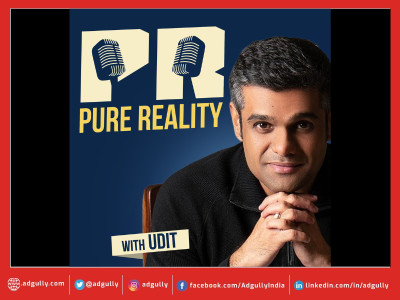
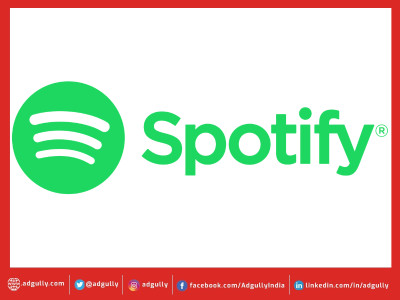
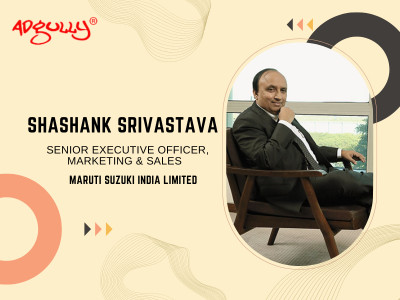

Share
Facebook
YouTube
Tweet
Twitter
LinkedIn